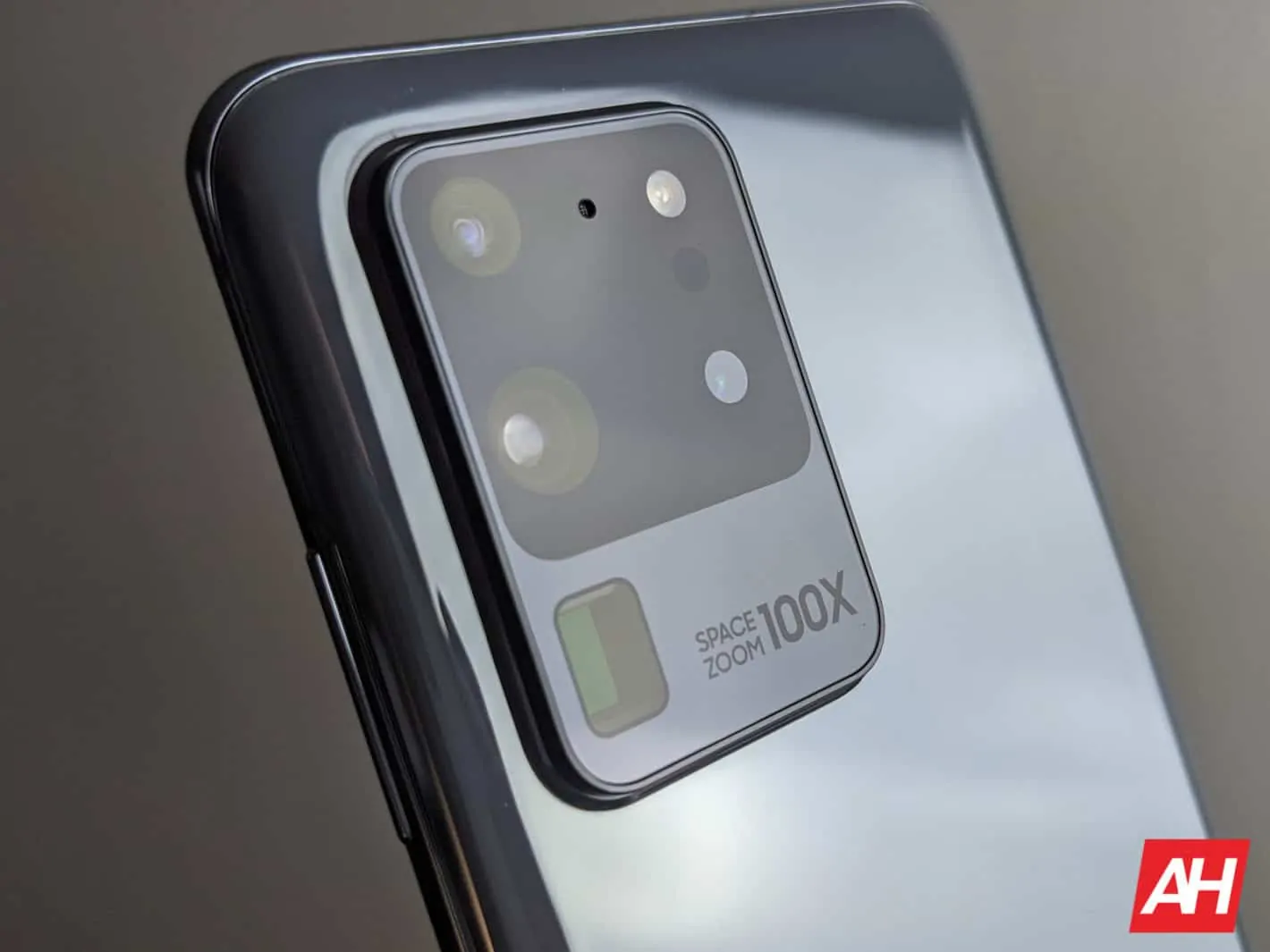Samsung on Wednesday released a trailer for the bleeding-edge camera sensor found on the Galaxy S20 Ultra. Called the ISOCELL Bright HM1, the module is the pinnacle of the Korean company’s imaging engineering. It hence warrants special attention even today, over two months after its flagship implementation hit the market. Cue Samsung’s newest video that underlines the main selling points of the Galaxy S20 Ultra’s camera sensor.
The 108-megapixel resolution is certainly at the top of that feature list. After all, marketing people love large numbers and it’s not like consumers don’t eat them up, either. Naturally, that isn’t to say Samsung can’t come up with a decent pitch for its latest light-capturing device. That’s arguably the easiest part of the ISOCELL Bright HM1 project. The hard one was cramming 108 million pixels into a tiny smartphone sensor with minimal trade-offs.
Galaxy S20 Ultra camera exemplifies the delicate nature of tech innovation
After all, upping smartphone camera sensor resolution essentially amounts to cheating Mother Nature. And doing so while still pushing the boundaries of low-light mobile photography seemed impossible until only recently. Yet that’s precisely what Samsung managed to deliver with the Galaxy S20 Ultra, i.e. the ISOCELL Bright HM1. Therefore, it’s not surprising the company’s doubling down on the spotlight it aimed at its newest high-end camera sensor. Regardless, the Galaxy S20 Ultra still leaves room for improvement in the photography department. Samsung itself seems to agree with that sentiment, which is why many of the Android flagship’s initial updates for focused on improving camera performance.
Speaking of which, the Galaxy S20 Ultra’s 108-megapixel camera reportedly has some issues with close-distance focusing. That doesn’t just go for the quad-lens setup found on the back of the Android phablet. Users have been complaining about its 40-megapixel front camera’s autofocusing peformance as well. The main issue in that regard is consistency, or lack thereof. And while none of the aforementioned concerns appear to result from some fundamental hardware design oversight, they do underline the delicate nature of consumer electronics innovation. In pushing the boundaries of smartphone tech, Samsung inevitably ran into various optimization challenges that likely won’t be addressable with software alone.
That’s why many industry watchers are already looking toward summer and the Galaxy Note 20. The next stylus-equipped flagship from Samsung should feature similar camera hardware to the S20 range, but optimized to account for the latter’s shortcomings. The device series is headed toward an August launch, possibly alongside the Galaxy Fold 2.

